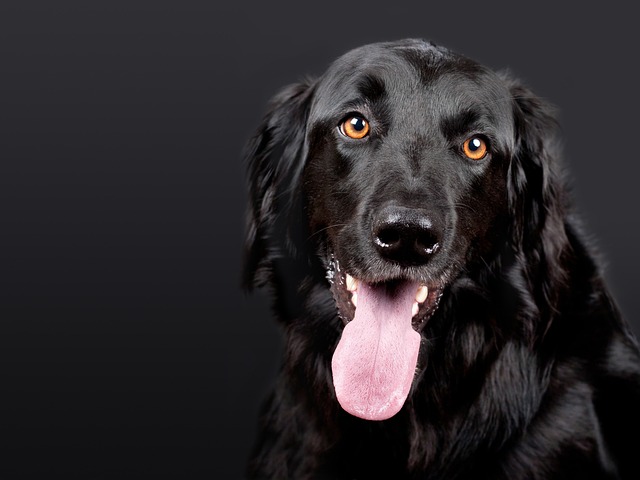
How to treat respiratory diseases in dogs?
When your dog starts coughing more than usual or seems to struggle with every breath, it’s easy to feel worried—and for good reason.
I sat with my friend Ryan on his Denver porch last weekend, where he held up a bag of grain-free kibble he’d grabbed after a pet store clerk swore it was “healthier.” His 18-month-old Golden Retriever, Luna, was curled up nearby—she’d barely eaten since the switch, and her once-shiny coat looked dull. “I called the vet to ask if I should keep feeding it, and she sounded confused. Do vets recommend grain-free dog food, or was that clerk just selling?” Ryan asked, poking the bag. If you’re a new U.S. dog owner tangled up in “grain-free” marketing hype, the answer from most vets is clear: Rarely—unless your dog has a proven grain allergy or intolerance. For the vast majority of pups, grain-free food is unnecessary at best, and risky at worst.
To understand why vets are cautious about grain-free food, let’s break down the science and regulation: Grains like brown rice, oats, and barley are actually nutritious for dogs—they’re packed with fiber (great for gut health), B vitamins, and energy. Ryan’s vet, Dr. Carter, explained that the FDA issued a warning a few years back linking legume-heavy grain-free foods (those using peas, lentils, or chickpeas as main carb replacements) to dilated cardiomyopathy (DCM)—a serious heart condition. These legumes can block taurine absorption, a nutrient critical for heart function. Most dogs digest grains just fine; the “grain-free trend” took off because of human diet fads, not canine biology. Vets don’t oppose grains—they oppose low-quality grain-free formulas that cut healthy carbs for risky substitutes.
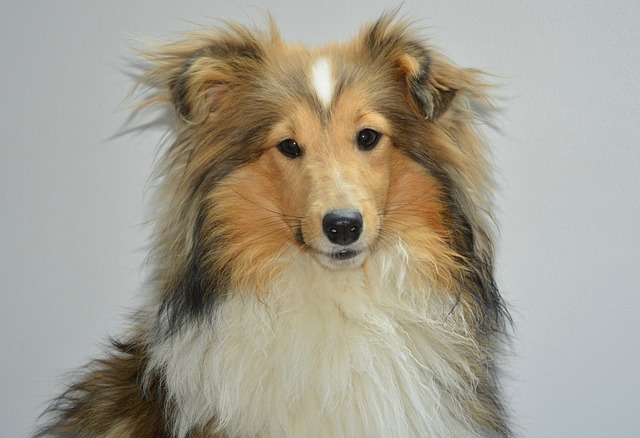
Here’s how to navigate vet advice on grain-free dog food, step by step: First, always ask your vet before switching. Dr. Carter told Ryan to bring in the kibble bag—she pointed out “pea protein” as the second ingredient, a red flag for DCM risk. She recommended a grain-containing food with brown rice instead. Vets can run blood tests or do elimination diets to check if your dog truly has a grain allergy (less than 10% of allergic dogs react to grains, by the way). Second, check the ingredient list if you must go grain-free. Look for formulas that use sweet potatoes, pumpkin, or quinoa instead of peas/lentils as carb sources—these are safer and don’t block taurine. Third, watch your dog’s health closely. Signs grain-free food isn’t working: lethargy, soft poop, loss of appetite, or difficulty breathing (early DCM). Luna perked up and started eating again two days after switching back. Fourth, skip the trend if your dog’s thriving. If your current grain-containing food keeps their coat shiny, poop firm, and energy high, there’s no need to fix what isn’t broken—vets hate seeing owners waste money on unnecessary “premium” foods.
For apartment living, store any dog food (grain-free or not) in an airtight container to prevent mold (which is dangerous regardless of grains). When walking, always carry poop bags (cities like Denver fine $100 for leaving messes)—grain-free food can sometimes make poop softer, so extra bags come in handy. Never scold your dog for refusing grain-free food—they’re not being picky; they might feel off, and punishment violates U.S. animal welfare standards. Keep your dog’s rabies vaccine up to date (required nationwide)—vet visits are the perfect time to review their diet; many vets have go-to brands that balance nutrition and safety, even for dogs with sensitivities.
A week later, Ryan texted me a video of Luna chomping her new grain-containing kibble, tail wagging. Do vets recommend grain-free dog food? For most pups, no—but they do recommend listening to your vet over pet store pitches. Your dog’s health depends on it, not marketing buzzwords.

When your dog starts coughing more than usual or seems to struggle with every breath, it’s easy to feel worried—and for good reason.
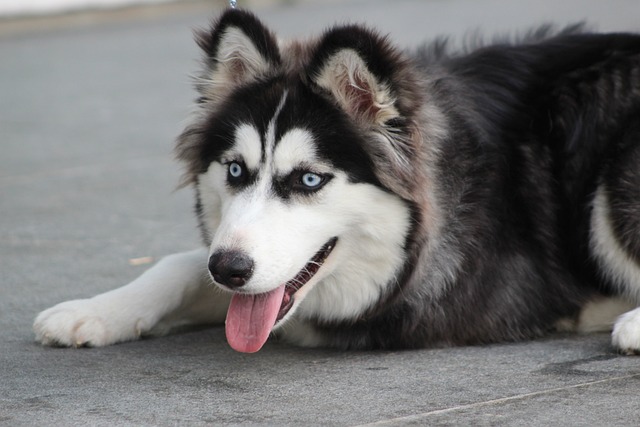
Dogs love rolling in grass, digging in dirt, or even chasing squirrels through bushy areas—all fun habits, but ones that can expose their skin to trouble.

I sat with my friend Emma on her Denver porch last Sunday, where her 8-month-old Corgi, Milo, squirmed in her lap—his tail tucked as Emma pointed to a tiny brown tick
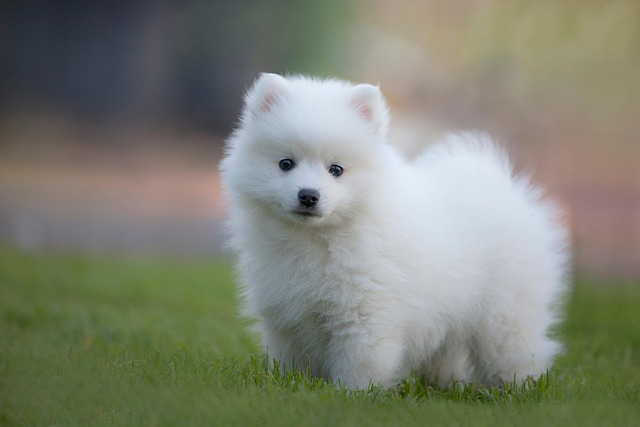
I sat with my friend Maggie on her New York City apartment floor last weekend, where her 2-year-old Labrador Retriever, Cooper, was gnawing at his hind legs so hard his fur was coming loose
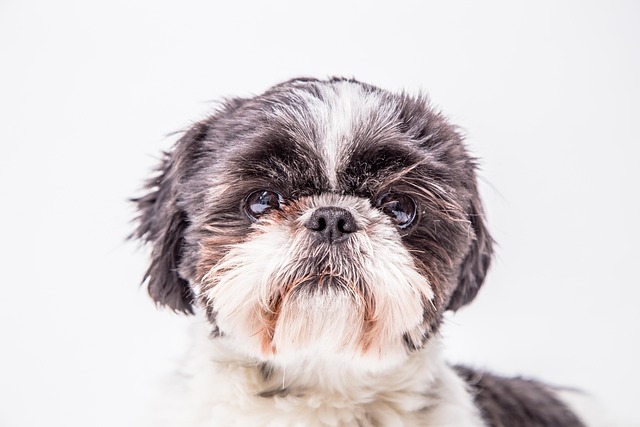
Canine parvovirus doesn’t need direct contact to move between dogs—often, it hitches rides on things owners handle every day.
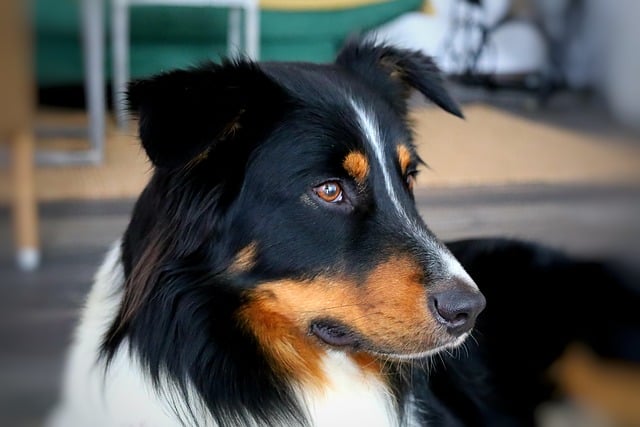
I sat with my friend Mia on her Seattle apartment floor last week, watching her 2-year-old Australian Shepherd, Luna, scratch at her belly until the fur turned patchy